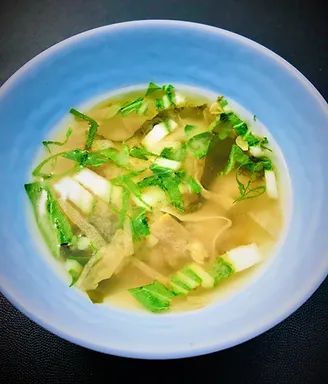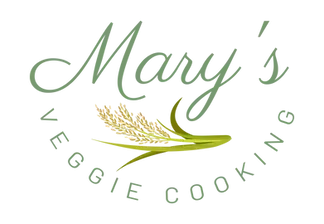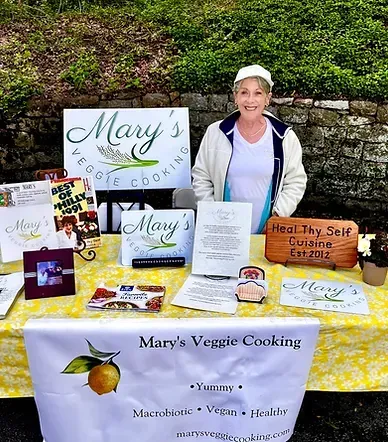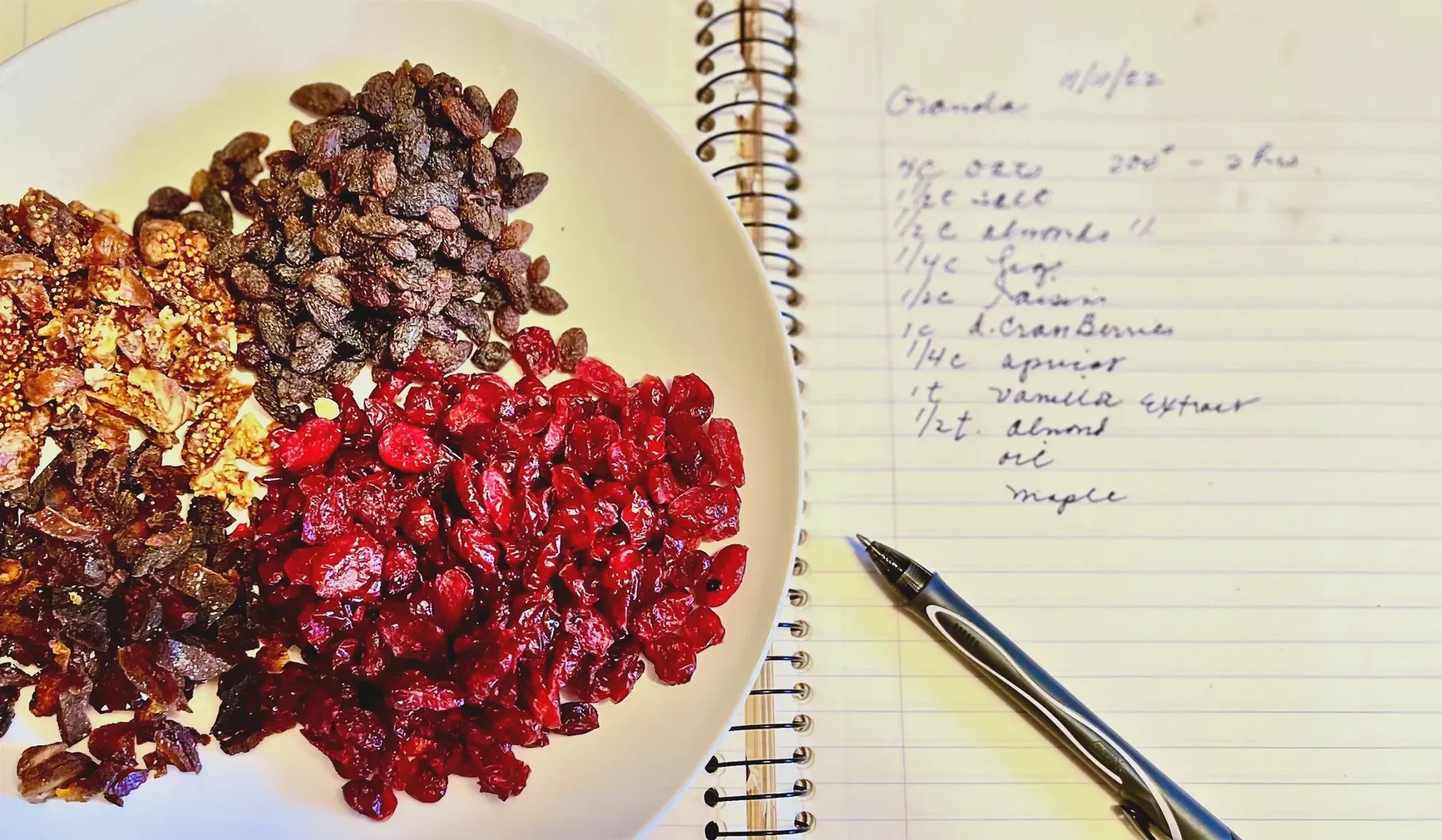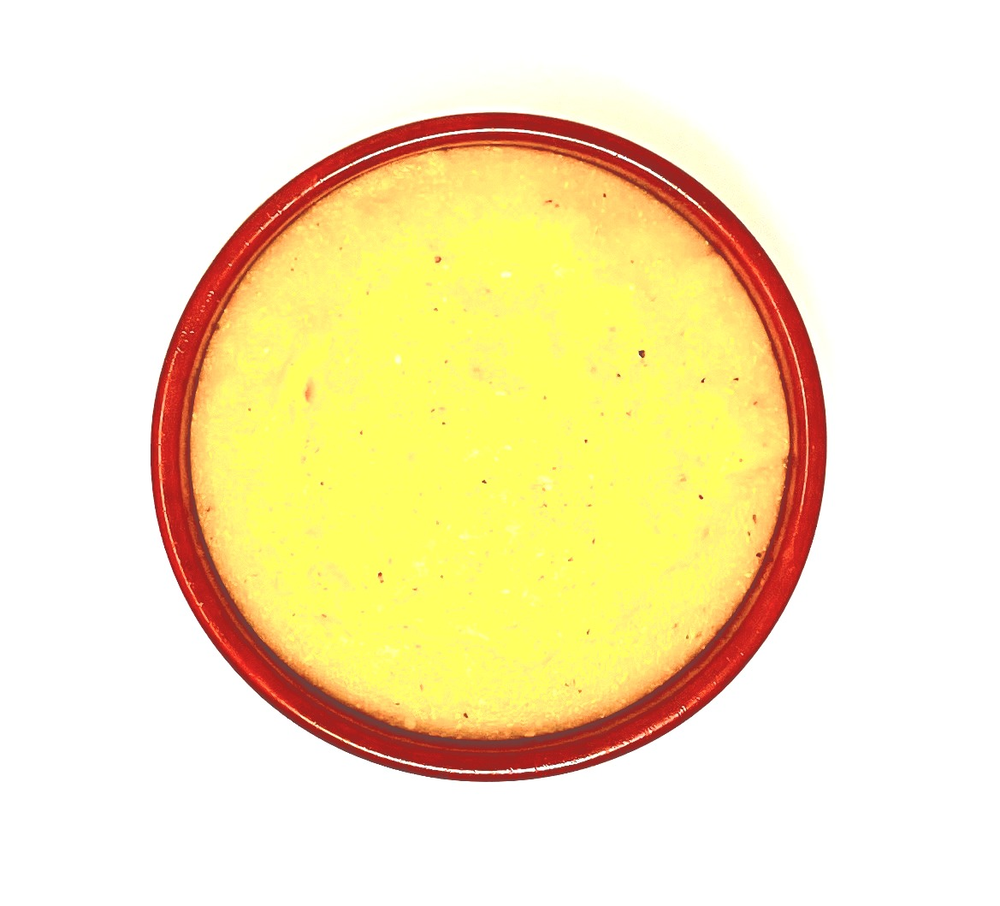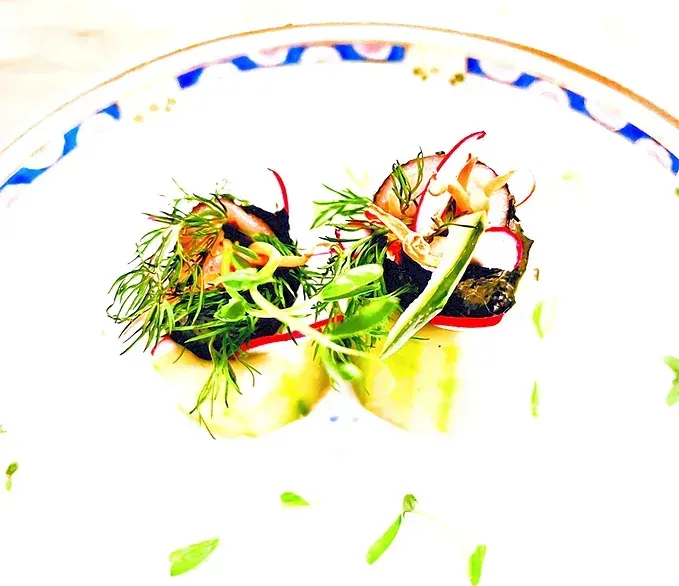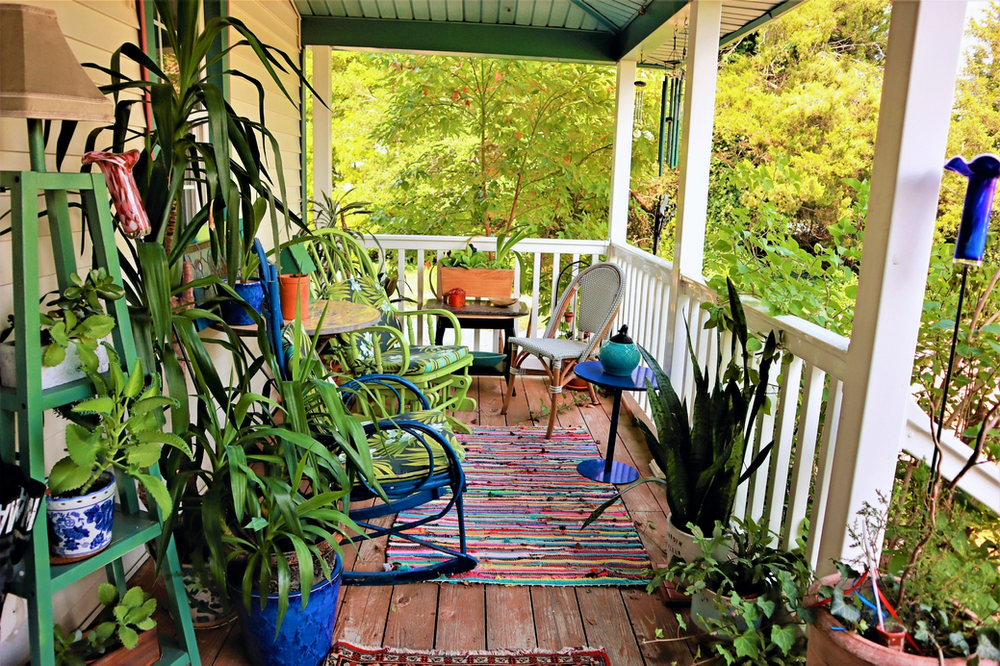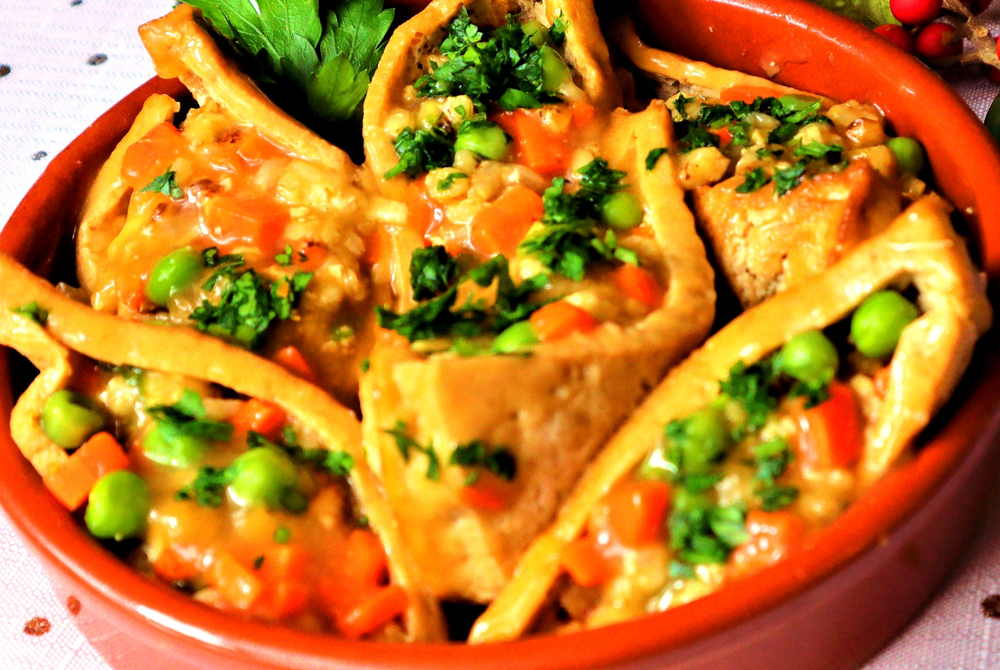"Preserving the Harvest: A Guide to Making Dried Persimmons at Home"
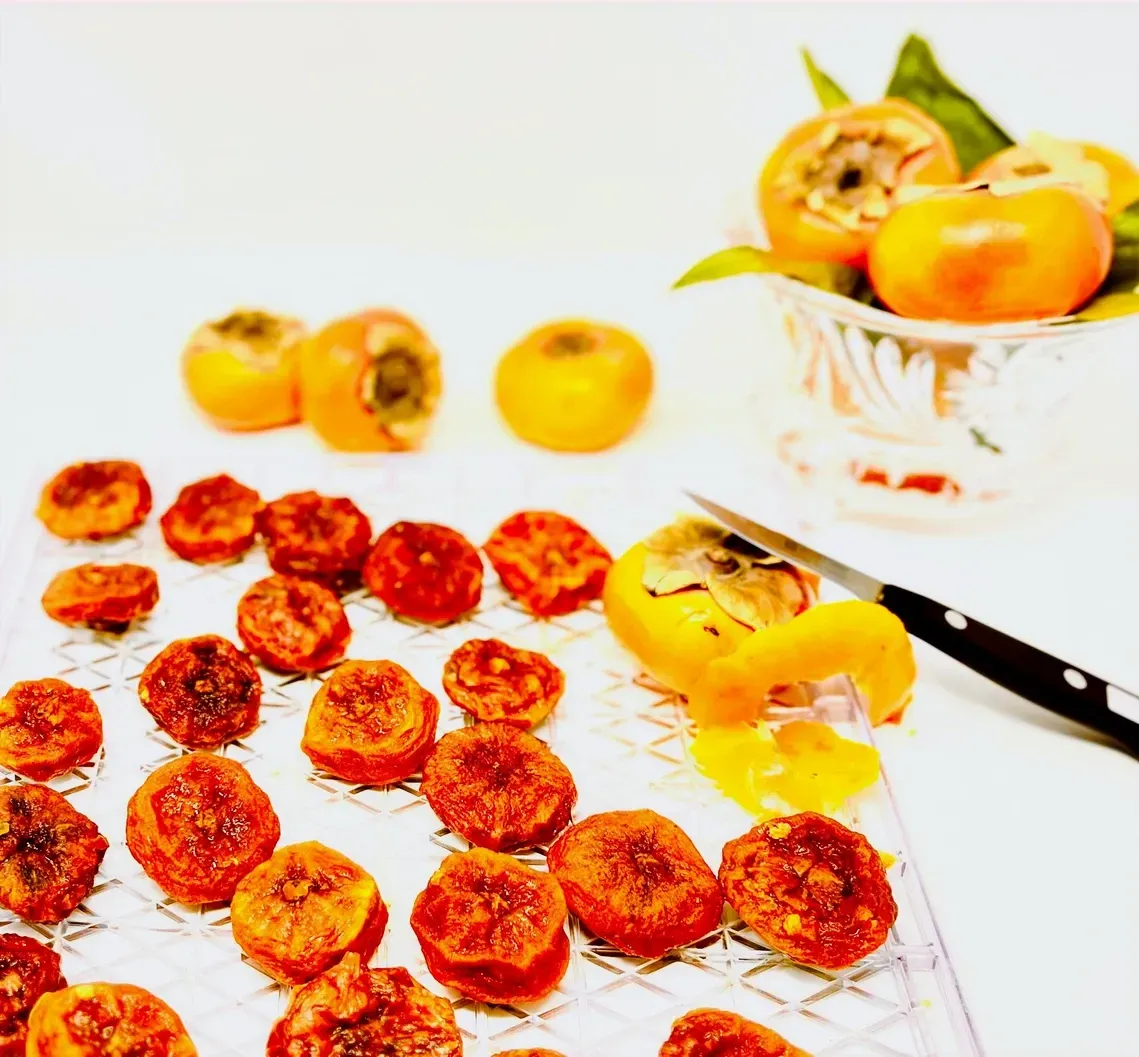
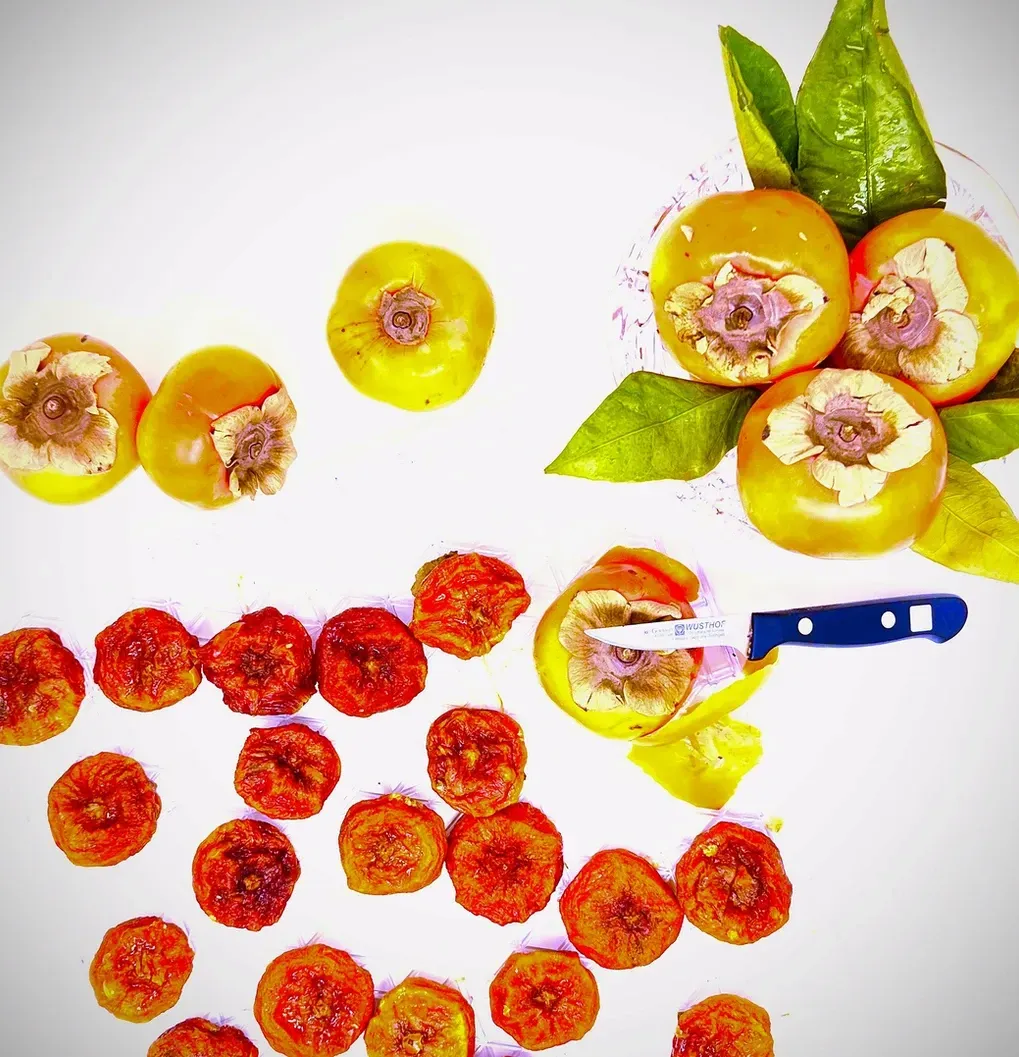
When I lived in Southern California, studying with Sensei Muramoto, we made dried persimmons. We would get cases of them. It was early winter and he had a wood burning stove, since it would get chilly. He built what appeared to be a makeshift fort to dry the peeled persimmons. He used grass mats and built them all around the wood burning stove.
We would sit for hours peeling them. He took great pride in being able to peel the whole fruit with one long peel. I never could do it. Every day, he would turn them. When they began to be more dry, he would press them slightly in the middle. It took several weeks before they were ready. In the morning, we would slice them in slivers and serve them with green tea. It was the most delightful combination. He said it created a seventh taste.
After I moved back to Philadelphia, we remained good friends. Every year, he would send me a big box of dried persimmons for Christmas. And every year, I would send him a wool vest with leather buttons from Lord & Taylor. My children and I loved them. His persimmons were the most beautiful, they would have a natural sugary coating and beautiful texture and sweetness. His hands had golden microbes. Every food he touched blossomed into it's most highest potential.
There is no real recipe to creating dried persimmons. Buy fresh persimmons not too ripe.
Wash and then carefully peel the skin off, leaving as much fruit as possible. Set them out on a clean straw mat or something that would be makeshift. The area should be warm, near a wood burning stove. Make sure they don't touch each other. With clean dry hands, turn them each day. When they begin to crystalize on the outside, press the center slightly. When they
are completely dried yet tender, store them in a dry air paper box, like cardboard, with wax or parchment paper to store.
I would slice them and best serve with green tea.

